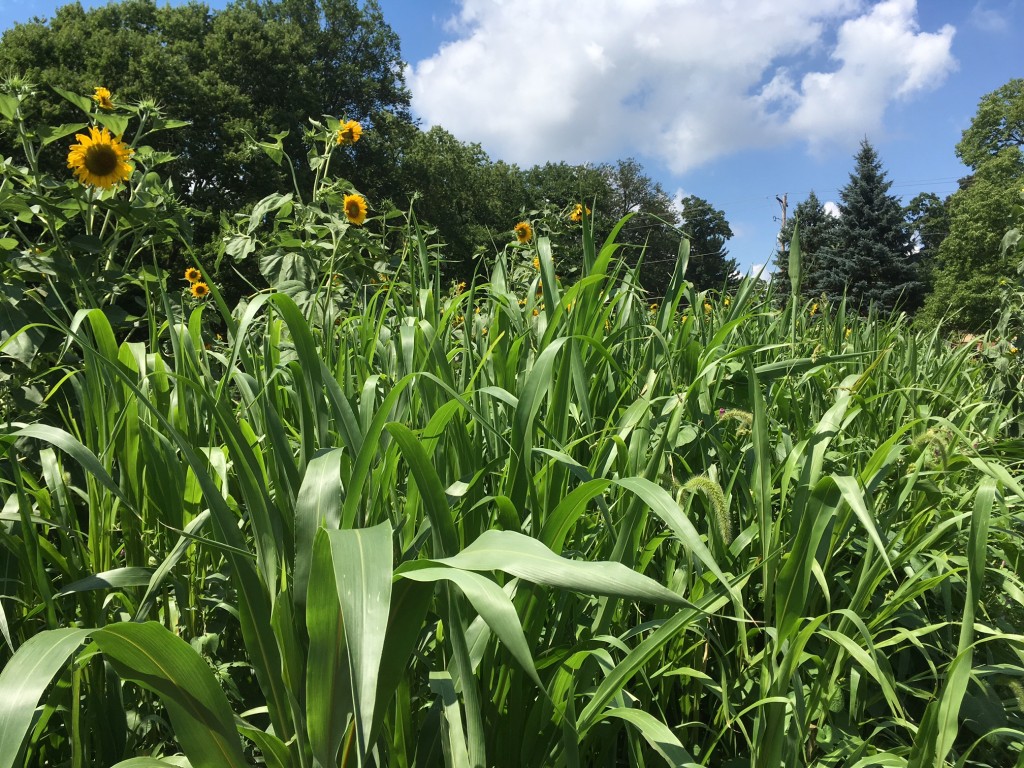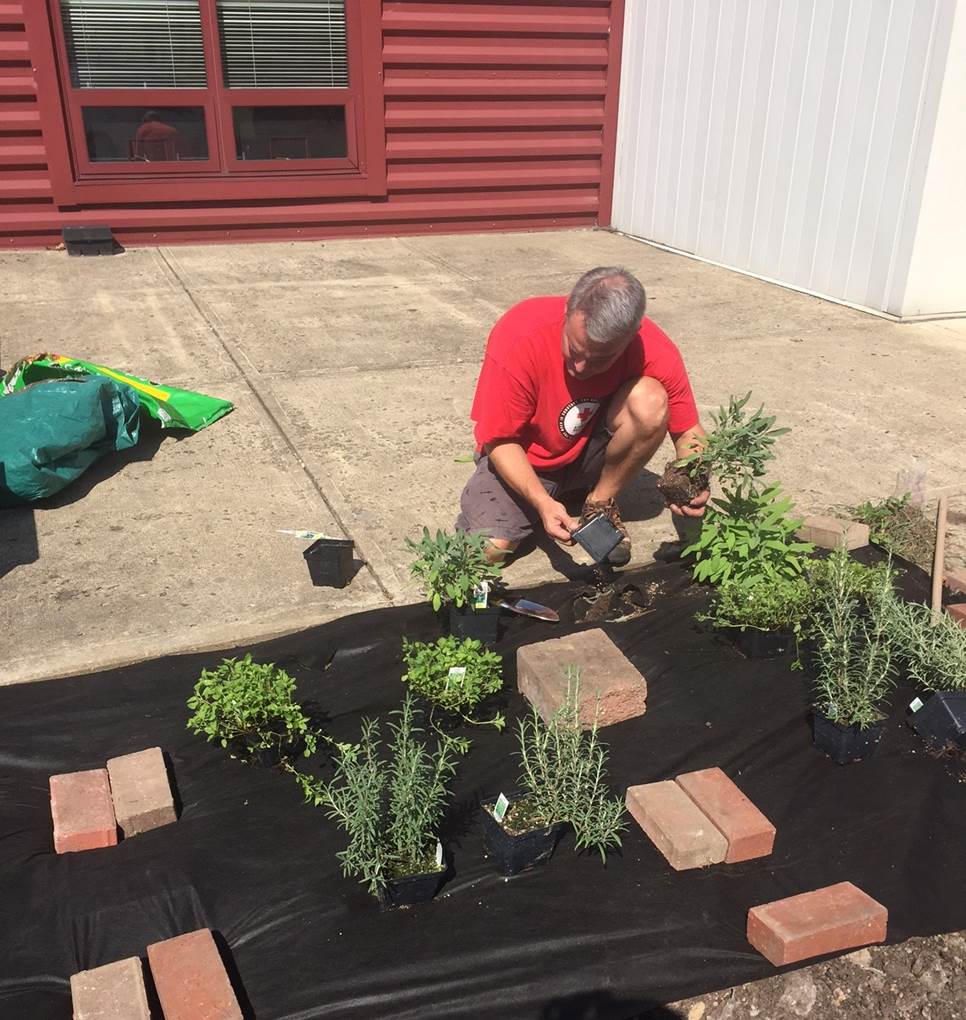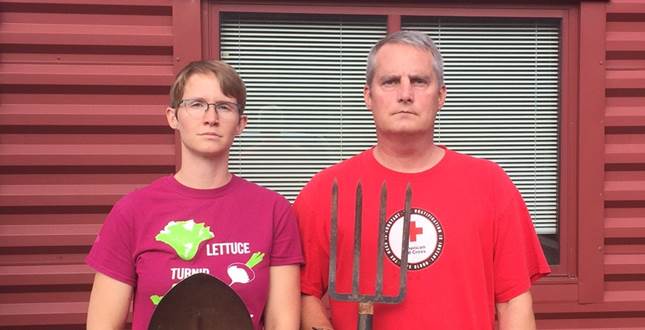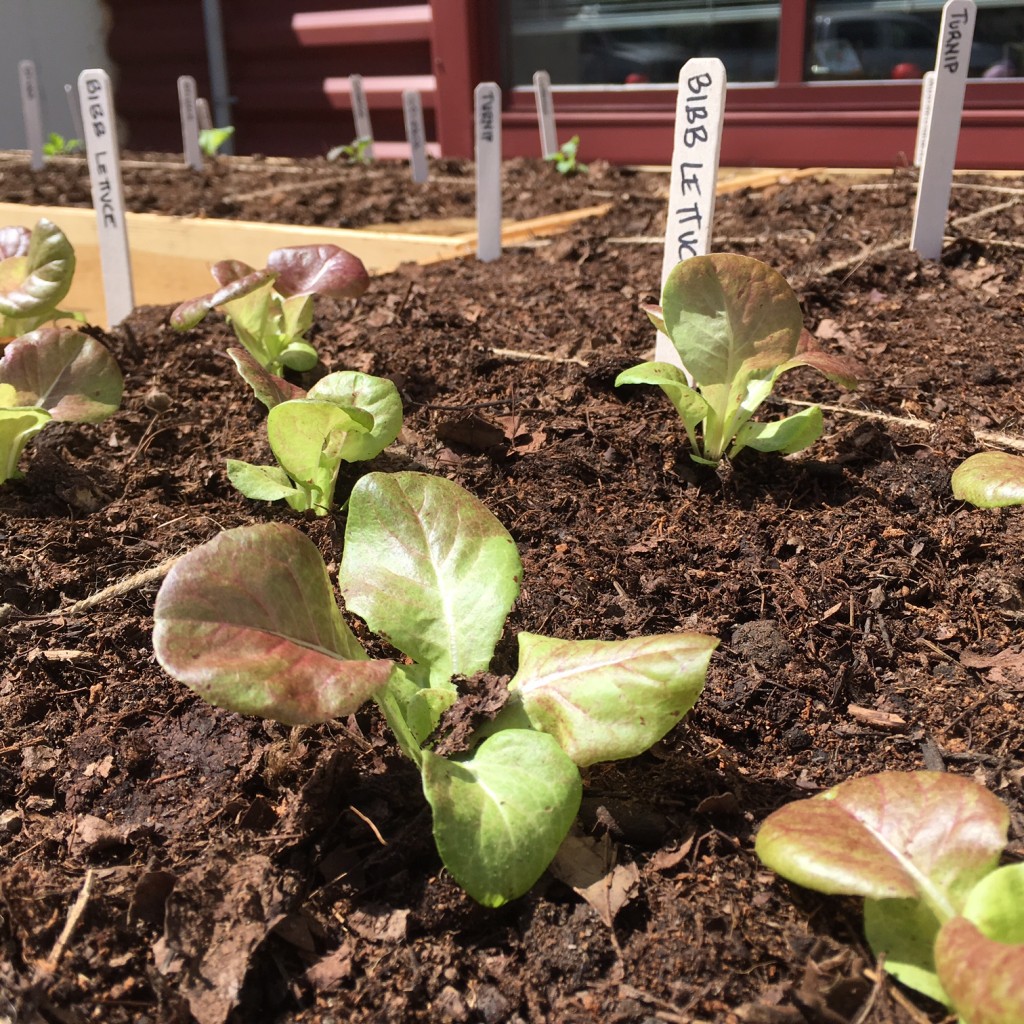A while back in December of last year I did a post about the research farm that is in my Extension region called the Eastern Agricultural Research Station, nicknamed EARS.
EARS is turning 50 years old and they are inviting everyone to come out for a free field day and tours of the facility including experts talking about what research projects they are working on. It will be Sunday October 2nd, from 2 – 5 pm. I cannot make it due to a family event unfortunately, but I get to go out there all the time. I highly recommend if you have the free time and are looking to do something fun you take a drive over to Belle Valley to see this really neat place.
Click here for a printable PDF flyer to share or take with you. –> 2016eastern50yearcelebration-ears



















